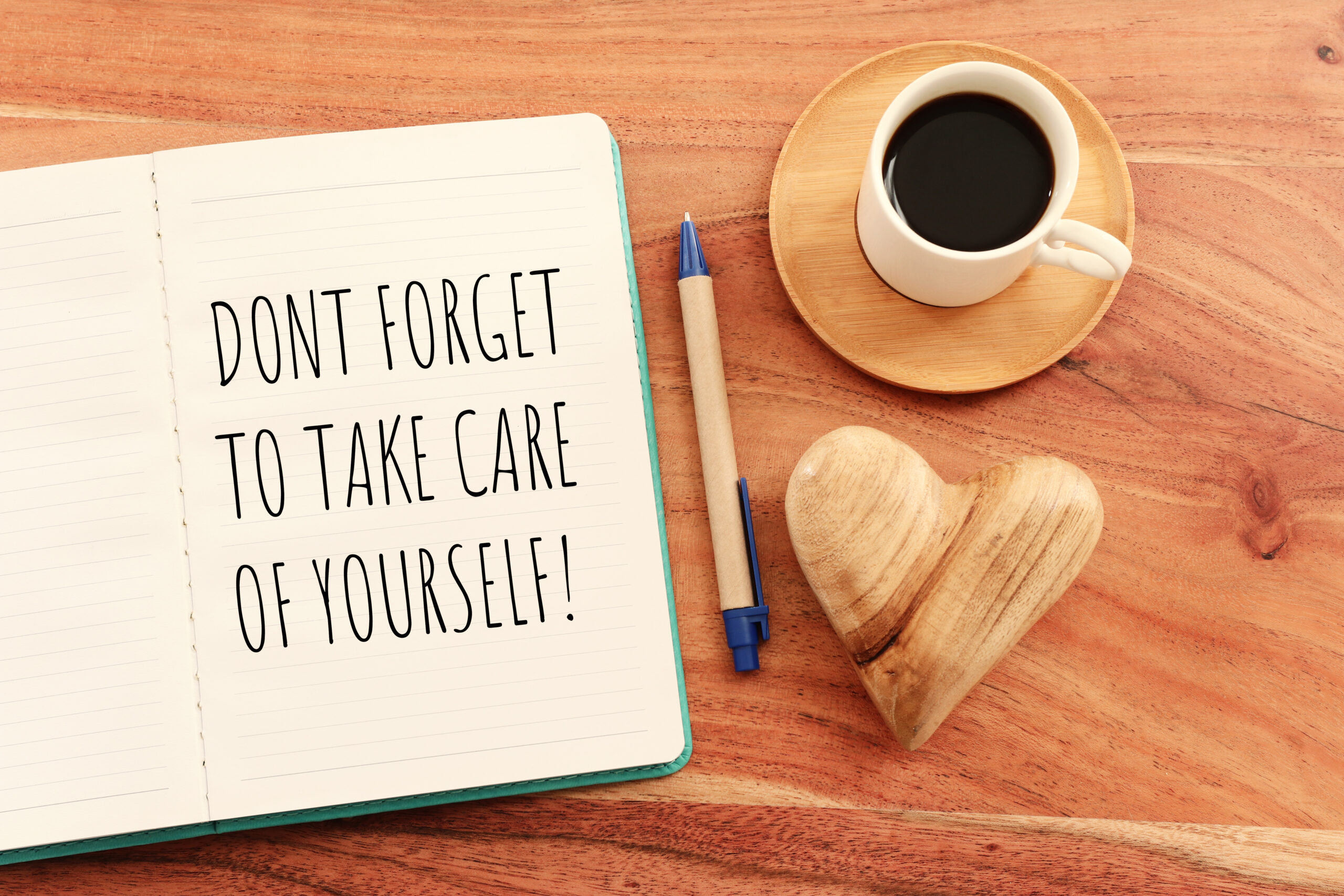Making 2025 a Year of Balance

“This year, I’ll take better care of myself.”
Sound familiar?
More than one-third of Americans make New Year’s resolutions, and around half of those resolutions center on self-improvement and self-care—things like exercising more, eating healthier, and taking care of our mental health. Come February, however, almost 90 percent of those resolutions have fallen by the wayside.
If you’ve set the goal to make 2025 healthier, happier, and more balanced, here are some simple tips to help you build self-care schedules and routines that will stick.
Focus on Your Values
We tend to be more committed to the things that matter most to us—in other words, our values. Our values act as guideposts in our lives. When we understand them clearly, we are better able to make decisions and prioritize the activities that support our true beliefs and needs.
Your values might include belonging, authenticity, family, growth, respect, or safety. The start of a new year is a great time to re-evaluate your values and make sure your everyday actions are aligned with them.
Identify Your Top 3-5 Weekly Priorities
Identifying your values is a great way to gain a holistic, long-term picture of what you want to prioritize in your life. But we also need to prioritize more immediate tasks and activities, those everyday things that keep our lives and careers running smoothly.
Spend some time every Sunday looking through your calendar and to-do list for the week and identify your top 3-5 priorities. These should be the most important things you absolutely need to get done, whether they be work deadlines, household chores, or social commitments.
It can be hard to parse out what is a true priority from the long list of things we have going on in our lives, so a great question to ask yourself when thinking about the week’s priorities is, “Is this ball rubber or glass?” Think of each item on your to-do list as a ball you’re juggling. Would the ball truly break if you dropped it? That item should go on your list of the week’s priorities. Would the ball bounce? That can go on your list of things that would be nice to get done but are not essential.
Make Sure Self-Care Is on Your Priority List
One thing that should always be on your list of weekly priorities is at least one self-care activity. It is far too easy to find ourselves taking the backseat in our own lives, but scheduling self-care into our weekly non-negotiables is a great way to carve out much-needed time to take care of ourselves.
Of course, most of us can’t spend an hour at the spa every week—as nice as that would be! Luckily, our self-care activities don’t need to be complicated or take a lot of time. Something as simple as taking a 10-minute walk by yourself between meetings, calling a friend to chat on your drive home, or putting your work email away while you eat your lunch can do wonders for your overall wellness and help you build more balance and intention into your days.
And as a bonus, just 10 minutes of self-care can give your brain the break it needs to come back more engaged and productive!
Build Healthy Morning and Evening Routines
An easy way to make self-care part of your daily schedule is to build it into your morning or evening routines (or both!). Creating daily rituals that center your wellbeing will help you move through the rest of your day with more calm, intention, and balance.
Just like your other self-care activities, your morning and evening routines can vary depending on how much time you have. On more leisurely mornings, you might spend 30 minutes exercising, writing in a journal, reading, or engaging in a mindfulness practice. If you’re shorter on time, your routine could include making sure you drink a glass of water and listing three things you’re grateful for.
In the evening, your routine should focus on activities to help you relax and unwind from the day—taking a hot bath or shower, drinking decaffeinated tea, or engaging in some stretching or light yoga.
Establish Boundaries
An important final step in building balanced schedules and routines is protecting them once you’ve put them in place. In other words, we need to set boundaries.
Boundaries help us maintain more control over how we are spending our time, so that we are not being pulled in a thousand different directions and ignoring both our important priorities and our wellbeing.
Some examples of healthy boundaries include:
Declining non-essential meetings when you are busy
RSVPing no to a social engagement when you are overbooked or need some downtime
Not checking your email in the evenings and on weekends, unless absolutely necessary
Blocking time off on your calendar for deep work—or to take a walk and an actual lunch break
Using your time off, and fully disconnecting so you can recharge
Remember: balance isn’t something you find. It’s something you create. With a little intention, you can bring more balance, self-care, and calm into your 2025 and beyond.

